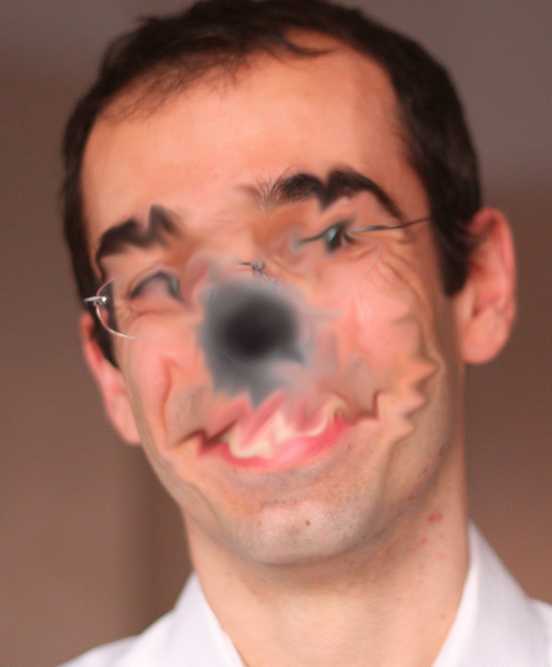Macular Hole
In one in 10 000 patients per year, abnormal pulling of the vitreous at the centre of the macula, pulls a hole on the macula and consequently causes loss of central vision and perceived distortion around the area of vision loss. Unless this is repaired with an operation within one year (preferably within a few months), central vision may not be restored. Surgery for a macular hole is generally straightforward. It involves removing the vitreous with an operation called vitrectomy, peeling of the natural innermost membrane of the macula called the ILM (Internal limiting membrane) and the injection of a gas bubble in the eye which allows surface tension on the retinal tissue to stretch the ends of the hole and close the defect. Patients with a macular hole in one eye have a risk of 1:10 of developing a macular hole in the other eye.
|
In the left eye of this patient (top row), there is pulling of the vitreous on the centre of the macula. The patient may or may not notice any changes in their vision. The first symptoms usually consist of distorted areas in the central vision. In the right eye of the same patient (bottom row), the vitreous has pulled a hole on the centre of the macula, The patient will notice a defect in the central vision with surrounding distortion of vision.
This is an educational video by the European Society of Vitreoretinal Surgeons Note: The advice in the video for face down positioning after surgery no longer holds for the majority of macular hole repairs. |



